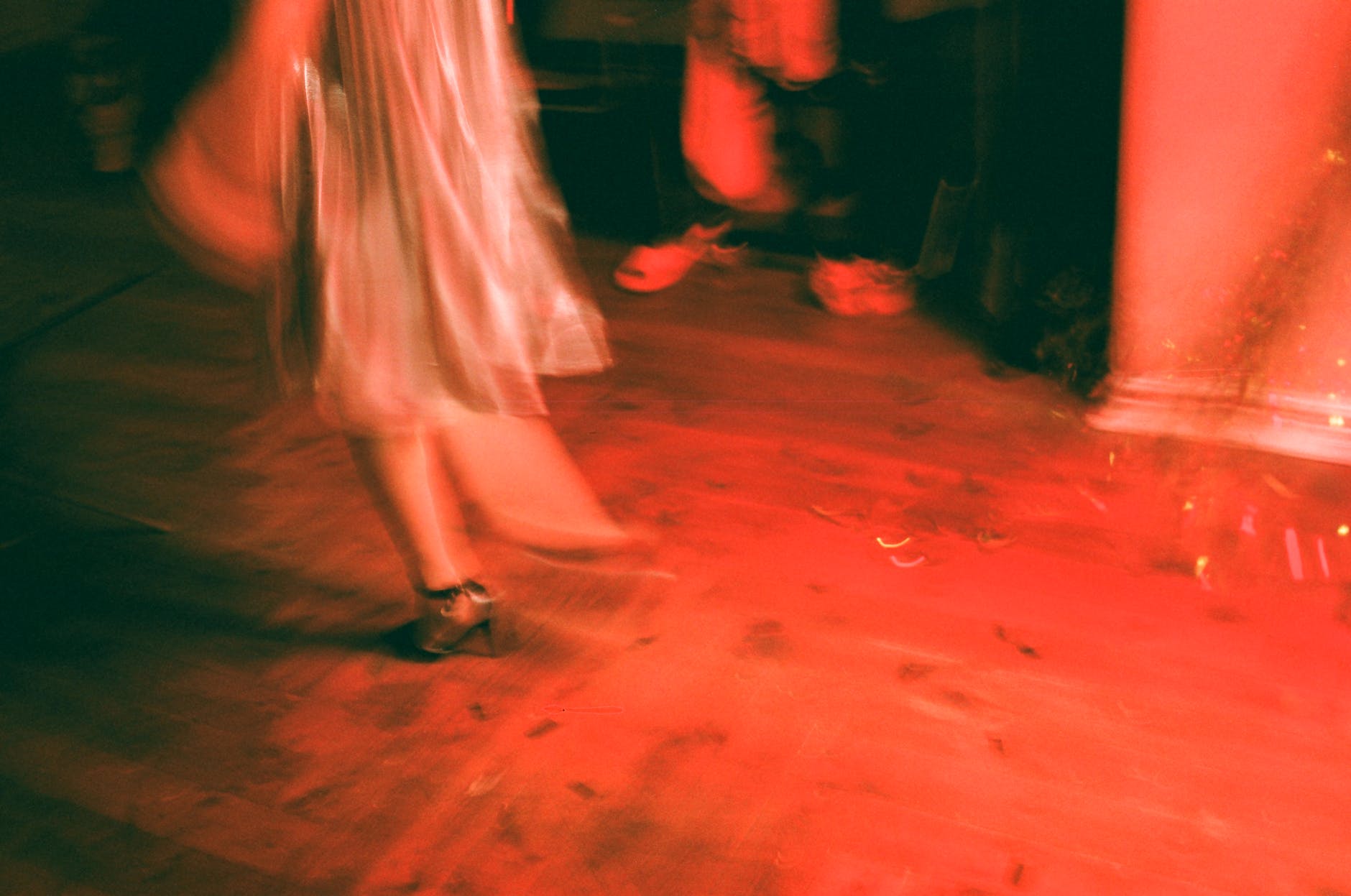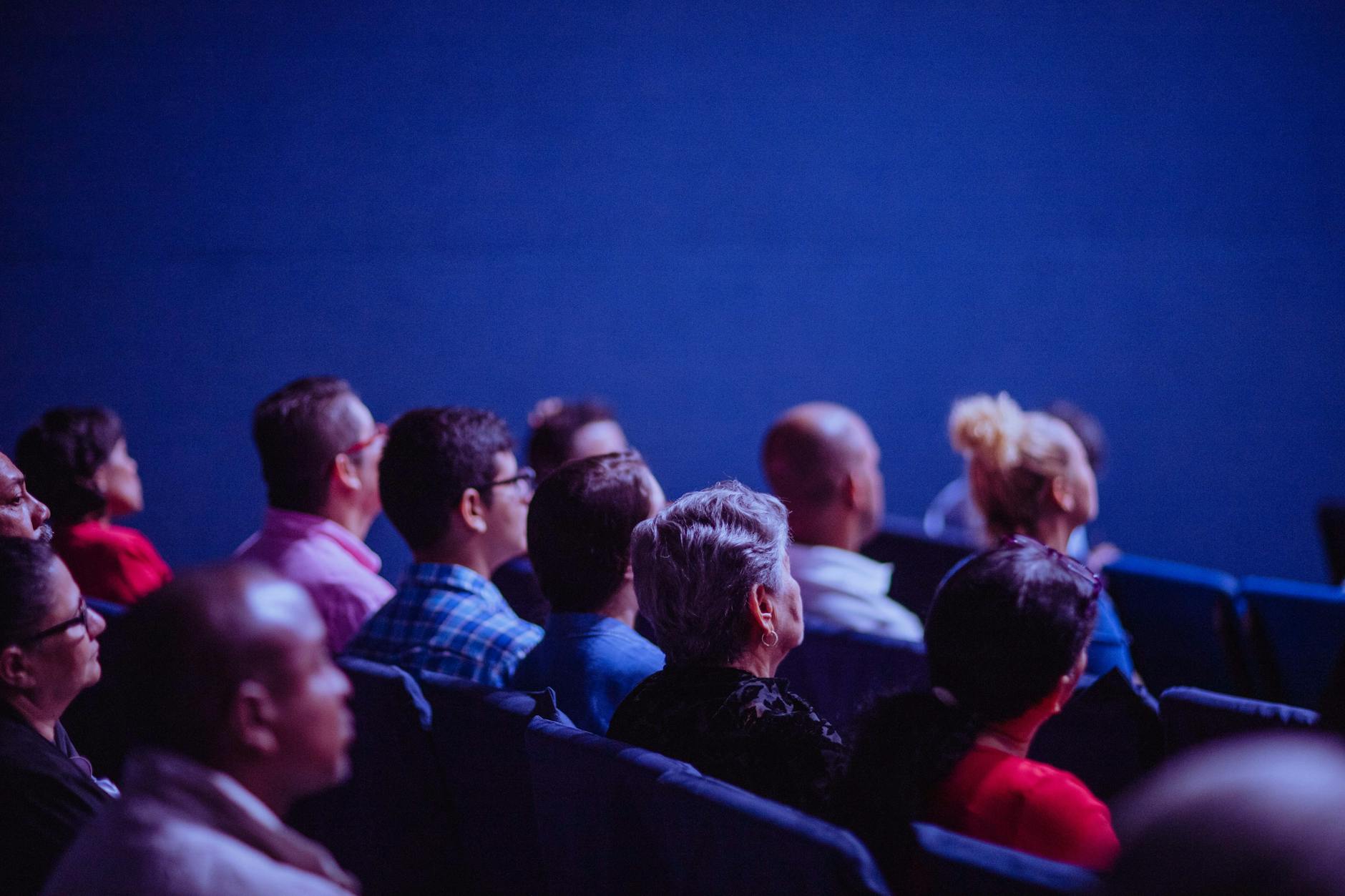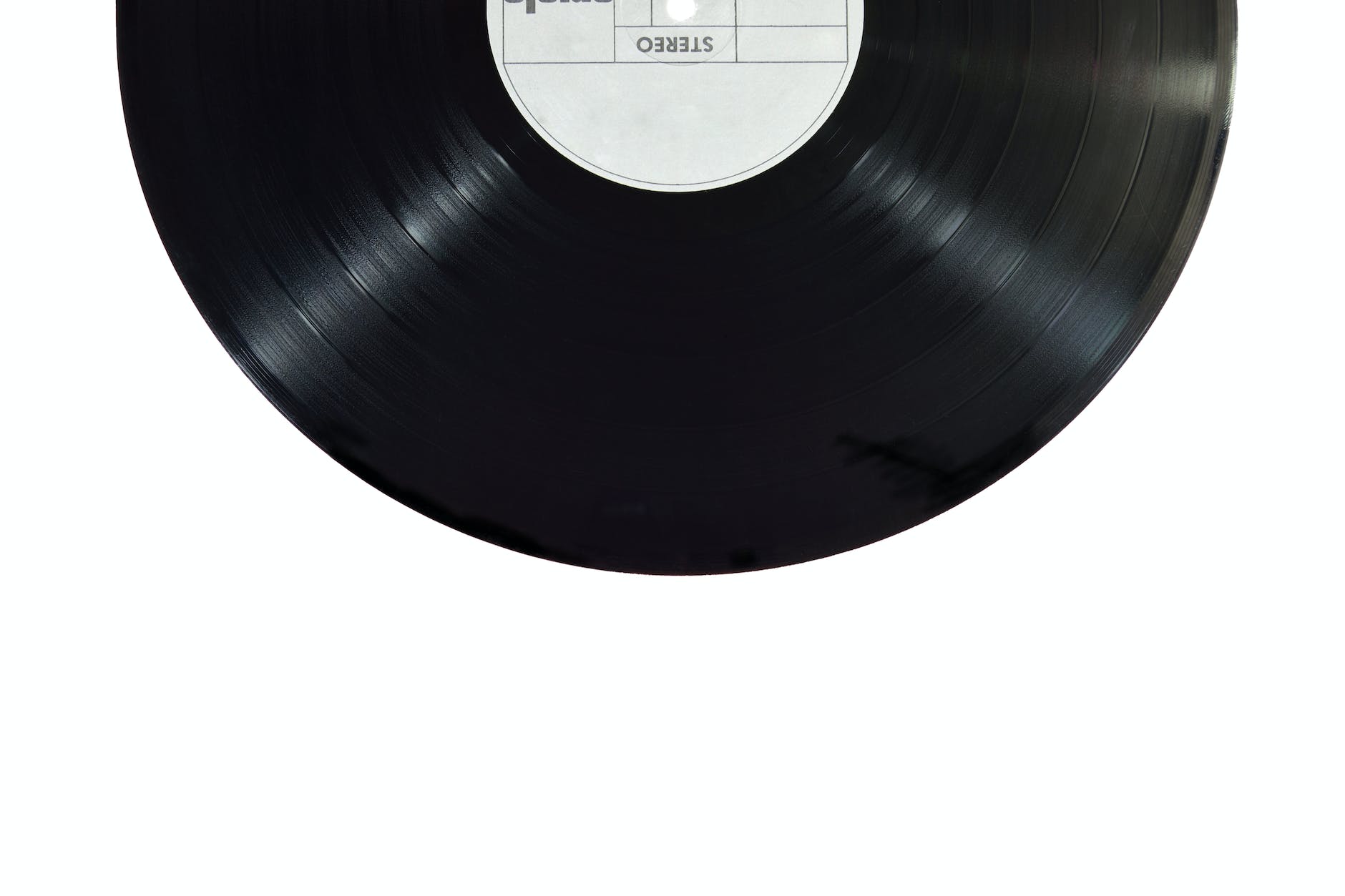Psychedelics and music have a deeply intertwined history, a labyrinth of influences conveying a tale of creativity, enlightenment, and altered states of consciousness. This unique union has produced sonic landscapes that transcend conventional ideas about music and leads one into kaleidoscopic realms teeming with visions, emotions, and insights. To fully understand this intersection, we must dive into the realms of the psychedelic sound, trance, improvisation, synesthesia, and the seminal role played by music festivals.
Psychedelic music, from its early roots in psychedelic rock, to the incorporation of electronic music, has always pushed the boundaries of what is sonically possible and perceptually acceptable. The 1960s psychedelic rock movement, with bands such as The Grateful Dead and The Jimi Hendrix Experience, reshaped the landscape of popular music, weaving complex layers of sound and melody into highly improvised, fluid pieces. These sprawling musical journeys mirrored the enhanced subjectivity and deep introspection common to psychedelic experiences, strengthening the bond between psychedelics and music.
The switch to electronic music, characterized by repetitive beats and hypnotic melodies, emerged during the 1980s rave culture and has since evolved into various sub-genres such as Psytrance, Ambient, and Techno. This evolution has added a new level of depth to the psychedelic sound, utilizing technology to craft a trance state that leads to a heightened sense of unity and connectedness, a staple in the psychedelic experience. Notable artists such as Shpongle and Infected Mushroom continue to push the envelope, delivering dazzling auditory experiences that incite altered states of consciousness.
The realm of improvisation also contributes significantly to this connection. Improvisation, a foundational aspect of many types of music, allows musicians to venture into uncharted sonic territory spontaneously, much like a psychedelic journey itself. Artists exploring the altered states of consciousness induced by psychedelics often find a wellspring of new forms, themes, and expressions to infuse into their music. The famed jazz musician, John Coltrane’s, innovative saxophone techniques, are a testament to the profound impact psychedelics may have on improvisational music.
Synesthesia, the unique phenomenon of sensory crossover where one can “see” sounds or “hear” colors, is common among people who engage with psychedelics. Psychedelics have the potential to induce synesthesia, creating a symbiotic relationship with music and the heightened sensory awareness provided by these substances. Notable synesthete musicians, such as Duke Ellington, reported that different musical notes would evoke different color perceptions in their mind’s eye, adding a whole new dimension to the concept of composing and experiencing music.
Music festivals play a significant role in the intersection of psychedelics and music. From the famous Woodstock festival in the 1960s, to contemporary festivals like Burning Man, these are often seen as opportunities to collectively explore the altered states of consciousness through music in safe and inclusive environments. The synergy between the collective energy, the music, and the shared psychedelic experiences undoubtedly amplifies the profound effects on individuals and communities.
Emerging research suggests psychedelics have healing properties, potentially aiding the treatment of mental health conditions such as depression and PTSD. Similarly, music therapy has long been recognized as an effective form of treatment. As such, the intersection between psychedelics and music may hold promising new avenues for healing, where carefully curated psychedelic soundscapes can enhance the therapeutic effects of these substances.
In conclusion, the intersection of psychedelics and music is a complex, ever-evolving landscape that opens vistas of creative potential, personal introspection, and collective unity. As we continue to explore the influence these two powerful forces have over each other, we step ever closer to deeper understanding and unexplored possibilities within human consciousness.
References:
Synesthesia
Healing properties of psychedelics
Psychedelic trance
Psychedelic rock
Music and healing
Music and cognitive effects








